When we speak about the production of the first entirely computer-animated feature film, some astonishing statistics are often brought up. Toy Story consisted of 144,240 total frames, each one of which took anywhere from 45 minutes to 30 hours to render. All of this took up a “render farm” of 117 computers. By the end, this added up to 800,000 machine hours. The product was a fully realised, three-dimensional universe that transformed everyday objects into towering structures, obstacles, and amusement rides for the toy characters that inhabited it. It was a Herculean task unlike anything that had come before, a largely technological innovation that set off a new era of computer-animated films that we’re still in the midst of today.
Then there is also Toy Story’s writers, John Lasseter, Pete Docter, and Andrew Stanton, who set out to write a buddy comedy about toys who have the simple desire to be played with by a kid. The toys hold an essentialist ideology that their purpose and identity is set in stone prior to their creation, and they are led by Sheriff Woody, an old-fashioned, law-abiding cowboy. He and his philosophy face a reckoning when their kid, Andy, gets a new toy for his birthday, Space Ranger Buzz Lightyear. Andy is their sacred deity who deems which toys are worth his time and which ones aren’t, and now that most of his attention is being taken up by Buzz, Woody’s value suddenly seems a lot less certain.
What resonates so deeply about Lasseter, Docter, and Stanton’s screenplay is the character archetypes, which are used to create a broader narrative about cultural and personal progress. From the 1940s to the 1960s, westerns were by far the most marketable and popular film genre that Hollywood was producing. Cowboys and sheriffs fought outlaws, taming the rough, uncivilised terrain to establish the social order we have today.
Then in 1968, Stanley Kubrick’s science-fiction epic 2001: A Space Odyssey was released. A year later in 1969, humanity took its first steps on the moon. In the following decades, mainstream audiences turned their eyes away from the Earth and towards space, captivated by movies such as Star Wars, Close Encounters of the Third Kind, and Alien. The western and science-fiction genres both explored the expansion of human civilisation into new frontiers, but where westerns were looking to the past, science-fiction looked to the future, speculating how humanity might evolve alongside scientific and technological advances. In short, the cowboy was replaced by the astronaut.
By drawing on a significant shift in the movie industry, Toy Story essentially braced its audience for another of its kind. Disney’s move from traditional to computer animation happened rather quickly – it only took fourteen years for them to make the full transition, with 2009’s The Princess and the Frog being the last of its kind produced by the studio.
But it is important to note that Buzz’s dethroning of Woody isn’t as sudden as Woody initially feared. Woody remains in Andy’s good graces for a while before finding new appreciation with Bonnie in Toy Story 3, and finally learning how to exist on his own terms rather than at the mercy of other’s fickle interests in Toy Story 4. Likewise, traditional animation remains a viable option for television programs and other production companies such as Studio Ghibli. Though its popularity has dwindled like the western, it is unlikely it will ever die off completely, kept alive by nostalgic fans of the technique and style.
Computer animation is an art unto itself and has only improved in leaps and bounds since 1995. There is no reason this new style needs to be antagonised to appreciate traditional animation, as it has accomplished stunning visual feats in its own right – the world-building in the opening forty minutes of WALL-E, the experimental blending of techniques in Spider-Man: Into the Spider-Verse, and the beautiful colours and lights in Coco to name a few.
Toy Story foreshadowed this sort of innovation at the start of it all in 1995 through the character of Buzz Lightyear, while using Woody as a symbolic nod towards the building blocks of our cinematic and cultural history. It reflected on its own inevitable impact through a celebration of the western and the science-fiction, old and new styles of artistic expression, and tradition and progress. Toy Story is often remembered as a technological and visual triumph, yet its story’s foundations in cultural archetypes resonate just as strongly today.








